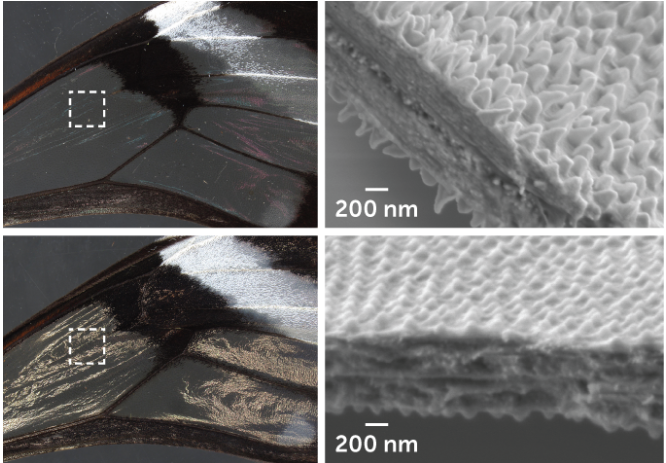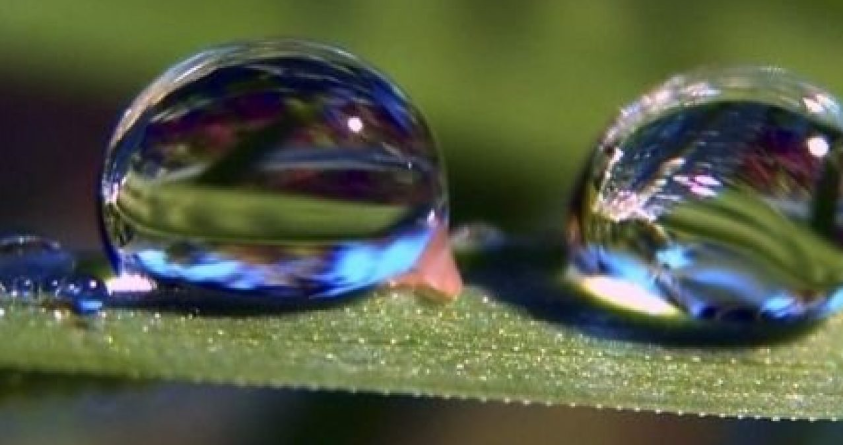Curiosities of the animal kingdom, How do glass-winged butterflies make their wings transparent?

Most butterflies sport striking, colorful patterns on their wings, but some species, such as the glass-winged butterfly, primarily use transparent wings to hide in plain sight. Their sparse, thin scales that are overlaid on a transparent wing membrane with anti-reflective properties help make these insects so stealthy.
Transparency is the ultimate form of camouflage, which is really hard to do because they have to modify their entire body to minimize any scattered or reflected light.
Using confocal and electron microscopes, researchers found that the black edges of the wings were densely packed with flat, leaf-like scales, but the transparent areas sported more widely spaced, narrow, bristle-like scales. As a result, only about 2 percent of the underlying transparent wing membrane was visible in the black regions, but about 80 percent of the membrane was exposed in transparent areas.

You’d think the simplest solution would be just no scales, but butterflies need at least some scales on the transparent parts of their wings, this is because the water-repellent scales help prevent the wings from sticking together when it rains.
The texture of the wing web also helps reduce glare from the transparent regions of the wing. If the membrane surface were flat, the abrupt change in optical properties between the air and the wing would cause light traveling through the air to bounce off the wing surface and reduce transparency. But a series of small waxy bumps covers the surface of the membrane, creating a more gradual change between the optical qualities of the air and those of the wing by allowing light traveling through the air to pass through the wing instead of reflecting off it, softening the glow.

The researchers found that the transparent regions of butterflies’ wings naturally reflect only about 2 percent of light. Removing the waxy coating caused the wings to reflect about 2.5 times more light than normal. These results may not only help biologists better understand how these butterflies hide from predators, but may also inspire new anti-reflective coatings for camera lenses, solar panels, and other devices.





Responses